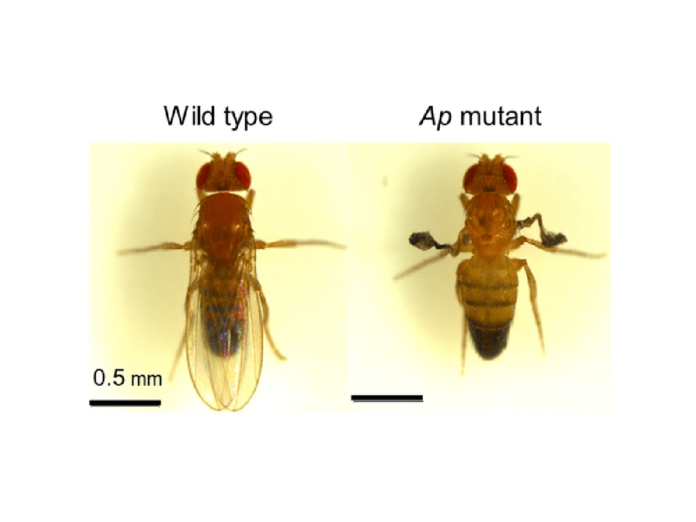Memory is initially unstable but can be consolidated into stable long-term memory (LTM) that is stored in the brain for extended periods. Despite recent progress, the molecular and cellular mechanisms underlying the fascinating neurobiological processes of LTM remain incompletely understood.
Memories tend to be fluid, but when certain events are repeated or have a substantial impact, memories of those events can be consolidated in our brains for long-term storage (long-term memory, LTM) and maintained over long periods. The biochemistry of memory is highly complex, and scientists are only now coming to terms with how it all works.
Now, researchers from the Department of Biological Sciences, Tokyo Metropolitan University, have studied the biochemistry of long-term memory.
They used fruitfly Drosophila melanogaster for investigating the molecular mechanisms of learning and memory because it can efficiently learn and remember in various contexts.
Scientists found that Apterous (Ap), which is known to regulate various developmental events, is required to consolidate and maintain LTM.
Interestingly, Ap is involved in the memory processes through distinct mechanisms in different neuronal subsets in the adult brain. Ap and its cofactor Chip (Chi) are indispensable for LTM maintenance in the Drosophila memory center, the mushroom bodies (MBs). The mushroom bodies, structures in insects’ brains responsible for learning and memory, and clock neurons are responsible for behavioral arousal and sleep.
The team has confirmed that flies with an Ap mutation have problems with their long-term memory: the expression of Ap in adults was key to how they remembered past events.
In this study, using a courtship conditioning assay, researchers examined if and how Ap in the adult brain is involved in Drosophila learning and memory. In the courtship conditioning assay, researchers paired male flies with unreceptive mated females, giving males sufficient stress to interfere with mating success. After being conditioned, their memory is subsequently observed as the suppression of male courtship even toward virgin females.
Ap was found to work in concert with a cofactor called Chi in the mushroom bodies, helping maintain long-term memories. More specifically, the Ap/Chi complex acts as a transcription factor, translating information in key genes to messenger RNA, leading to protein production. However, in the clock neurons, Ap seemed to work alone. By comparing with Ap mutants, they found that Ap helped regulate the response of GABA receptors, responsible for responding to a key neurotransmitter known as gamma-aminobutyric acid (GABA). The right amount of activity from GABA receptors helped excite the large ventral-lateral (l-LNvs) clock neurons required to consolidate memories. In experiments to confirm this mechanism, the team could even counter some of the effects of Ap mutation by artificially suppressing the expression of GABA receptors.
Insights like these promise new approaches to the treatment of memory-related disorders.
The team’s work demonstrated the diverse ways Ap helps memory work in fruit flies. The detailed biochemistry promises insights into mammalian memory; mammals have proteins that carry out very similar functions to Ap. The team hopes their breakthroughs lead to new approaches to treatments for memory disorders and trauma.
Journal Reference
- Show Inami, Tomohito Sato, Yuto Kurata, Yuki Suzuki, Toshihiro Kitamoto, Takaomi Sakai; Consolidation and maintenance of long-term memory involve dual functions of the developmental regulator Apterous in clock neurons and mushroom bodies in the Drosophila brain. PLOS Biology DOI: 10.1371/journal.pbio.3001459
